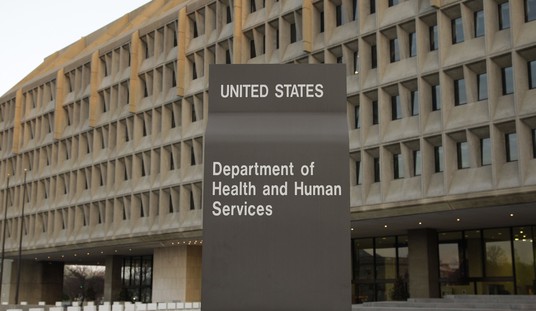The Japan Times reports authorities have measured extremely high levels of radiation inside one of the damaged reactors at the Fukushima nuclear reactor:
The radiation level in the containment vessel of reactor 2 at the crippled Fukushima No. 1 power plant has reached a maximum of 530 sieverts per hour, the highest since the triple core meltdown in March 2011, Tokyo Electric Power Co. Holdings Inc. said…
According to the [National Institute of Radiological Sciences], 4 sieverts of radiation exposure would kill 1 in 2 people.
Experts say 1,000 millisieverts, or 1 sievert, could lead to infertility, loss of hair and cataracts, while exposure to doses above 100 millisieverts increases the risk of cancer.
Prior to this, the highest level of radiation recorded at Fukushima was 73 sieverts per hour. Authorities had planned to send a robot in to examine the area but are now concerned that it wouldn’t survive long enough to get in and back out:
Given the extraordinary level of radiation, the robot would only be able to operate for less than two hours before it is destroyed.
That is because it is designed to withstand exposure of up to 1,000 sieverts. Based on the calculation of 73 sieverts per hour, the robot could run for more than 10 hours, but 530 sieverts per hour means it would be rendered inoperable in less than two hours.
Despite the high levels of radiation, the Washington Post points out that this is probably not an indication that radiation levels have increased at the plant. The Post quotes Azby Brown of Safecast, which it describes as a “citizen science organization that monitors radiation levels”:
While 530 Sv/hr is the highest measured so far at Fukushima Daiichi, it does not mean that levels there are rising, but that a previously unmeasurable high-radiation area has finally been measured. Similar remote investigations are being planned for Daiichi Units 1 and 3. We should not be surprised if even higher radiation levels are found there, but only actual measurements will tell.
It’s expected that the high levels of radiation and the difficulty using robots to examine the area will increase the time it takes for a full clean up of the damaged plant.
The disaster at the Fukushima nuclear reactor happened in March 2011 as a result of a massive earthquake that struck off the coast of Japan and the tsunami that followed. Generators that kept water circulating inside the the reactors to prevent them from overheating were swamped with water, causing three of the six reactors to melt down.
[Note: The image on the front page was taken inside reactor 2 and shows a piece of a metal grate which appears damaged, possibly by radioactive fuel.]







Join the conversation as a VIP Member